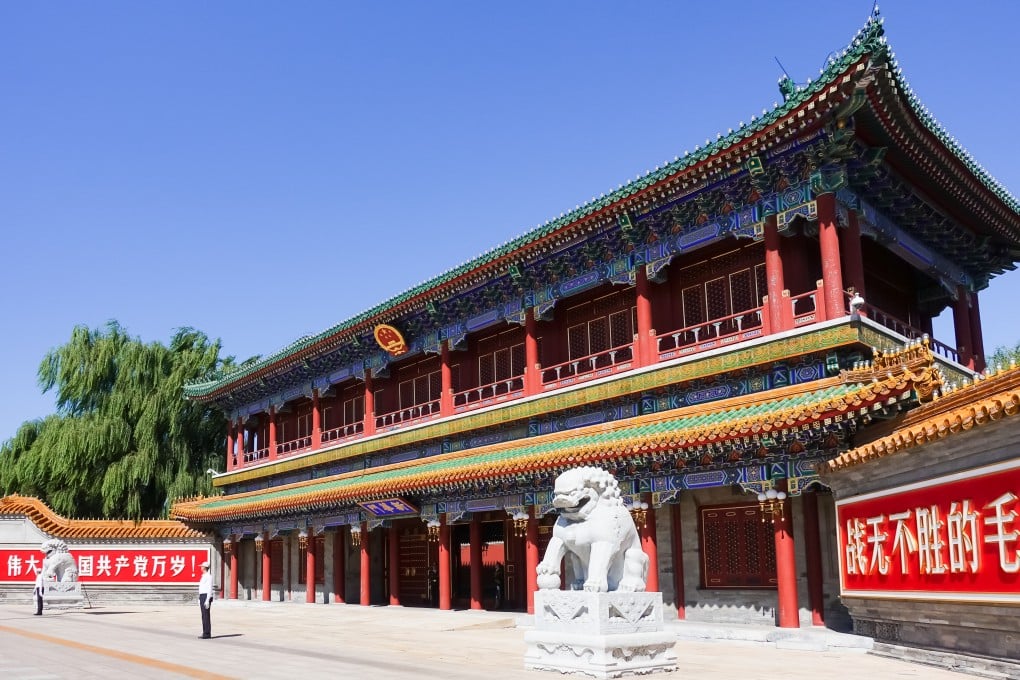Editorial | China austerity rules target those at the top
While Washington makes cuts to benefit the rich, Beijing’s battle against wasteful spending and debt takes a different course

Austerity begins at home for both China and the United States if they are to meet the fiscal challenges of economic pressures and geopolitical tensions. But they are on different paths.
While the US has made drastic cuts to its civil service and public spending to finance a promise of tax cuts for the well-off, Beijing has taken belt-tightening to another level in its latest austerity revision to rein in both wasteful spending and debt incurred to finance its budget.
Considering that President Xi Jinping launched an austerity campaign 12 years ago with iron rules for the long term, the range of potential savings still targeted in the latest regulations issued by the Central Committee of the Communist Party and the State Council is truly remarkable.
Little appears to escape critical scrutiny – not even flowers that may warm frugal official meal tables and meeting venues with colour.
The revised measures, which seek to “free up more funds for development needs and people’s livelihood expectations”, include 20 major changes related to official work meals, the use of government cars, study and inspection tours, and decor of government premises.
They include a remark that “No expensive dishes, cigarettes or alcohol shall be provided at work meals.”
